You can weave and embroider carpets at home using homemade tools. Before you start creating in this technique, it is recommended to practice on small items, for example, decorate a pillow.
Needle for carpet embroidery
Needles for carpet embroidery are easy to find in craft shops. They are significantly different from needles intended for sewing, cross stitching or beading. Its tip is beveled, and the handle looks like an awl holder. Often, the needle is confused with a hook, especially by needlewomen who have just started learning at home. But both tools are needed for work.
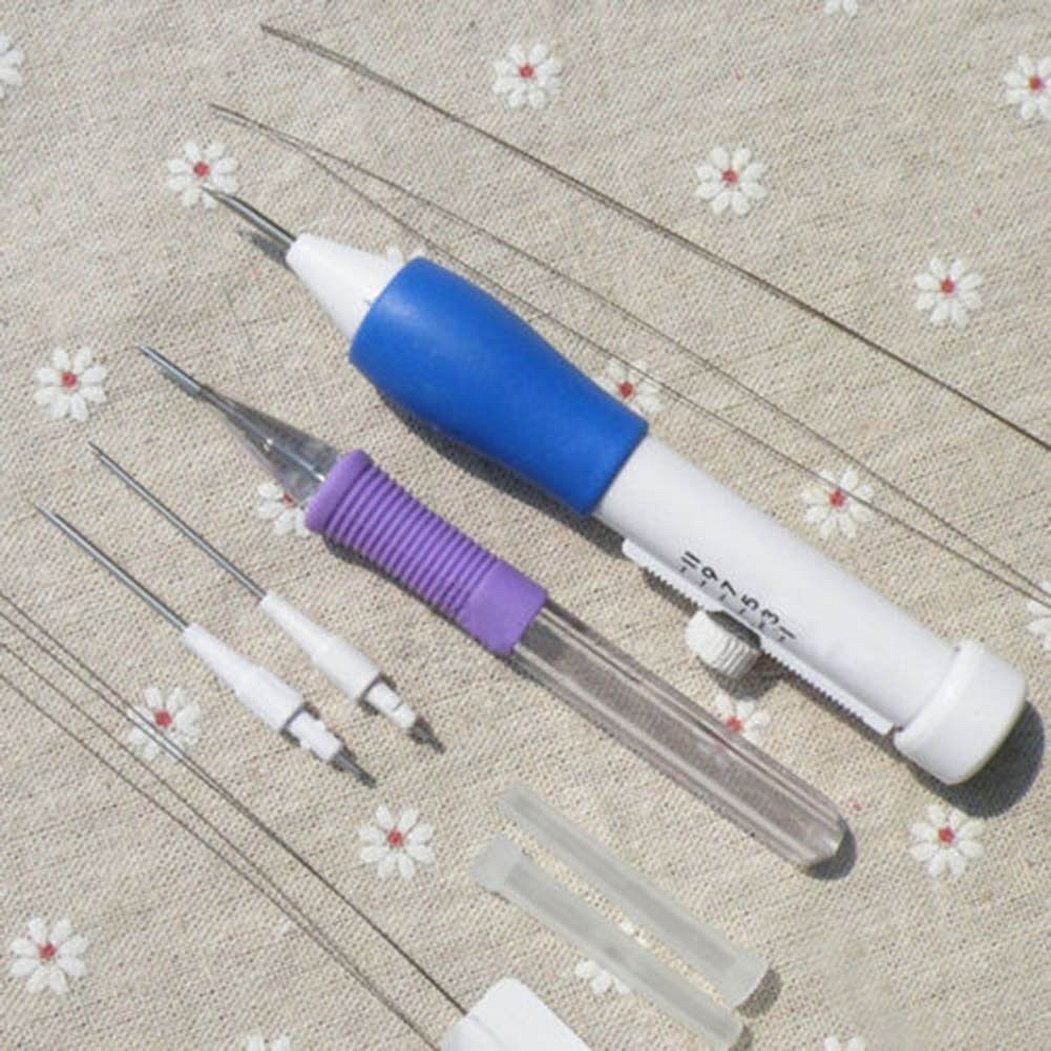
What you need to prepare:
- carpet embroidery needle;
- basis;
- carpet yarn;
- scheme.
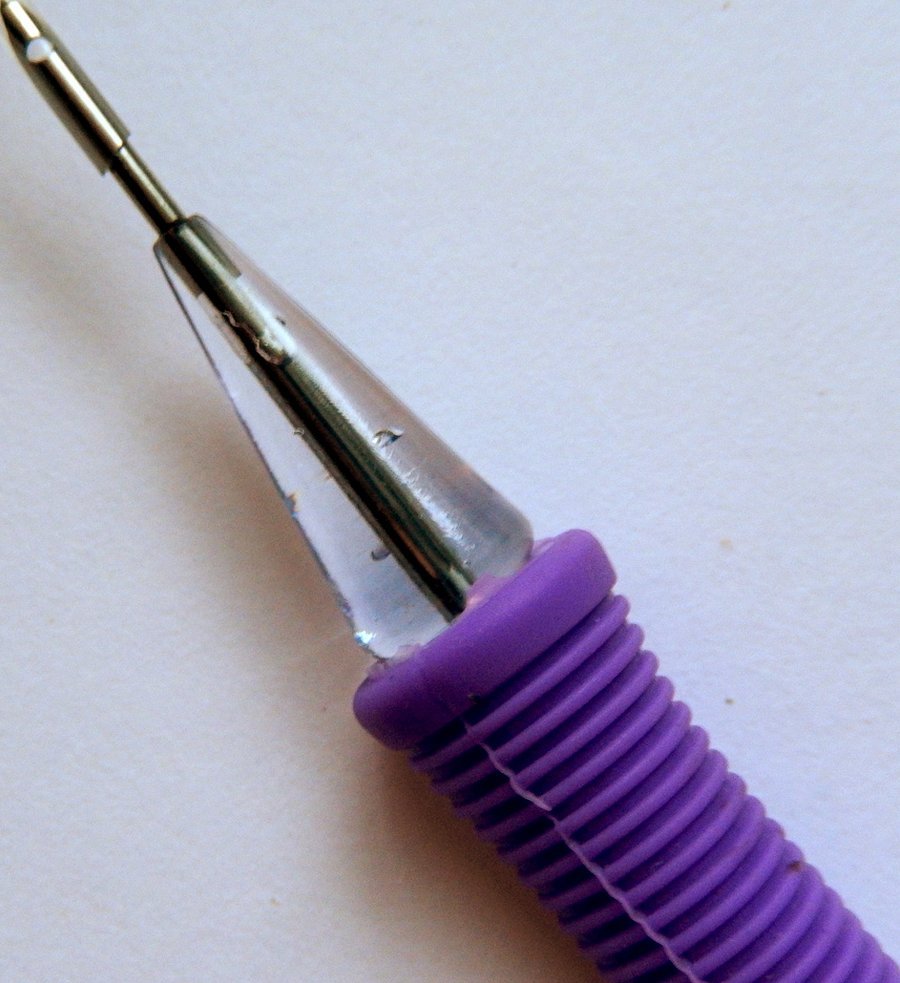
To master the technique of creating an image, it is recommended to use a small base. Step-by-step description of the process of working with a carpet needle for self-embroidering:
- Take the fabric and apply a design to it from the back. It is recommended to take a simple image.
- Insert yarn of the desired color.
- Pierce the fabric with a needle and make a stitch, bring it out next to it. The stitch length should be no more than 4 millimeters.
- When you pull the needle back, you get a loop.
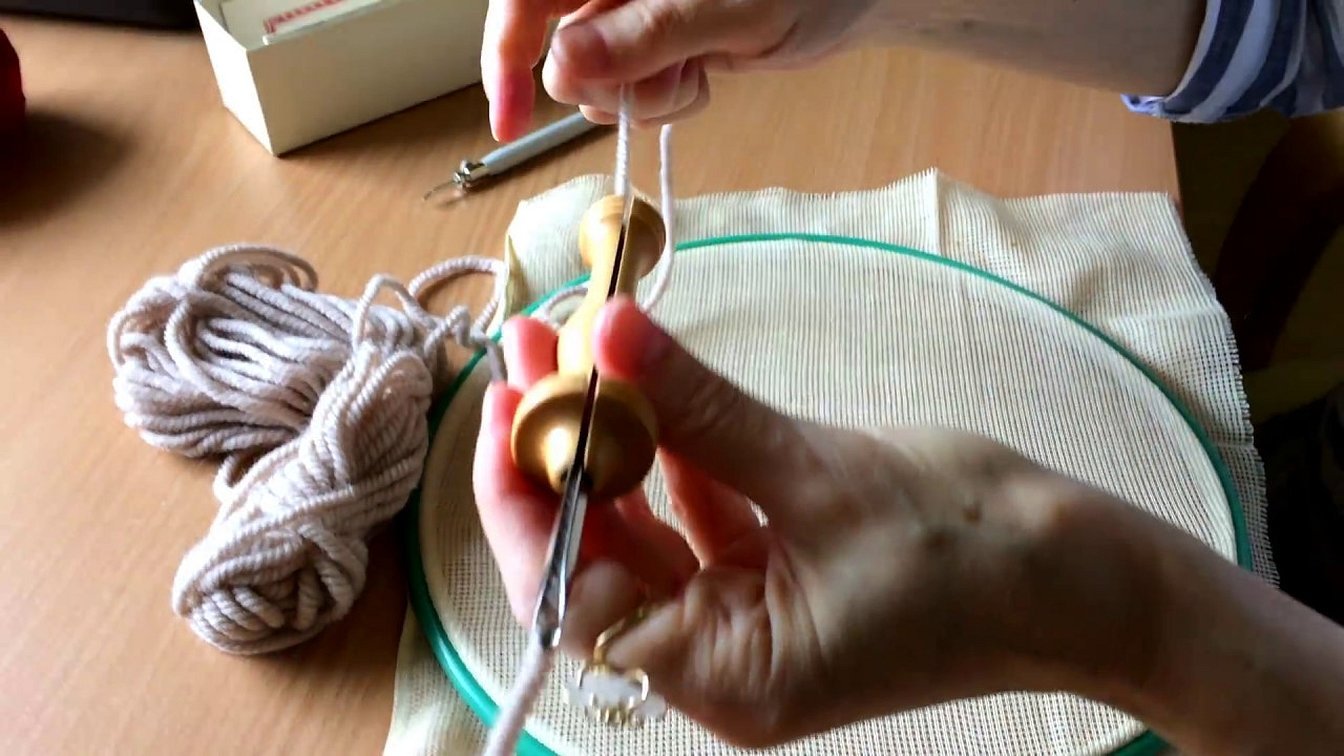
The needle can be used by both beginners and experienced craftswomen. But for skilled embroiderers, a hook is suitable. The principle of operation is different, as is the result.
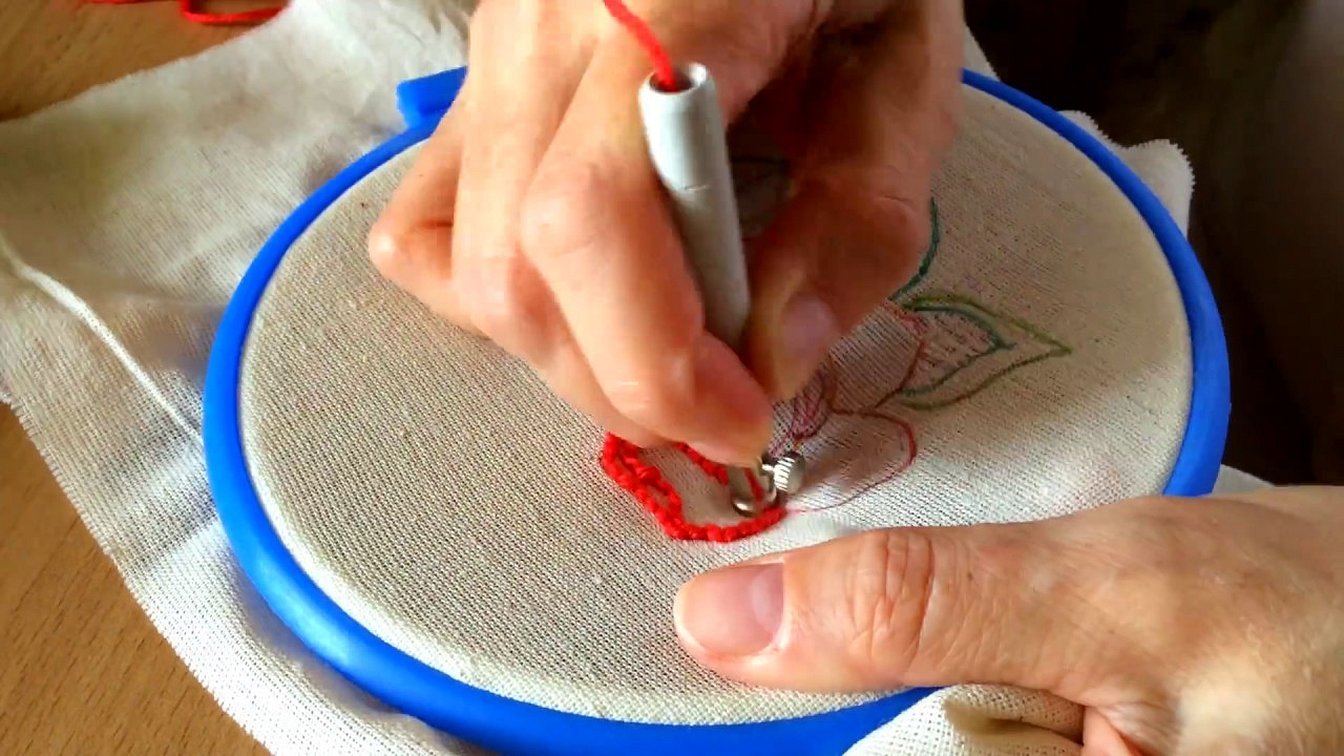
There are two techniques that are used at home when doing your own embroidery:
- For the loop technique, you will need a thick fabric or mesh. The threads are natural or artificial. Depending on their thickness, the volume of the image is formed. First, the outlines are transferred to the fabric with a marker. It is important to stretch the fabric. The pattern is transferred to the back side, and embroidery begins from there. The frequency of stitches affects the volume of the finished work.
- The knotting technique seems complicated for beginners. Its essence is in the use of pieces of thread five millimeters long. Many needlewomen use a cross stitch pattern. The tool for work is a crochet hook or a special carpet hook.
They embroider using the carpet technique on a piece of fabric or a special canvas. Burlap or cotton base is suitable. Bleached burlap is often used, its advantage is that it does not spoil the image. Velvet or other dense materials are not in favor, but the paintings look good on them. The main requirement for the base is that the needle should pass through well. For the knot technique, it is recommended to take only stramin.
Threads can be wool, semi-wool or acrylic. If the loop technique is used, preference is given to floss. The thinner the thread, the neater the work looks. But wool threads still give a noble look to the product.
Important! The bigger the job, the thicker and more reliable the fabric should be.
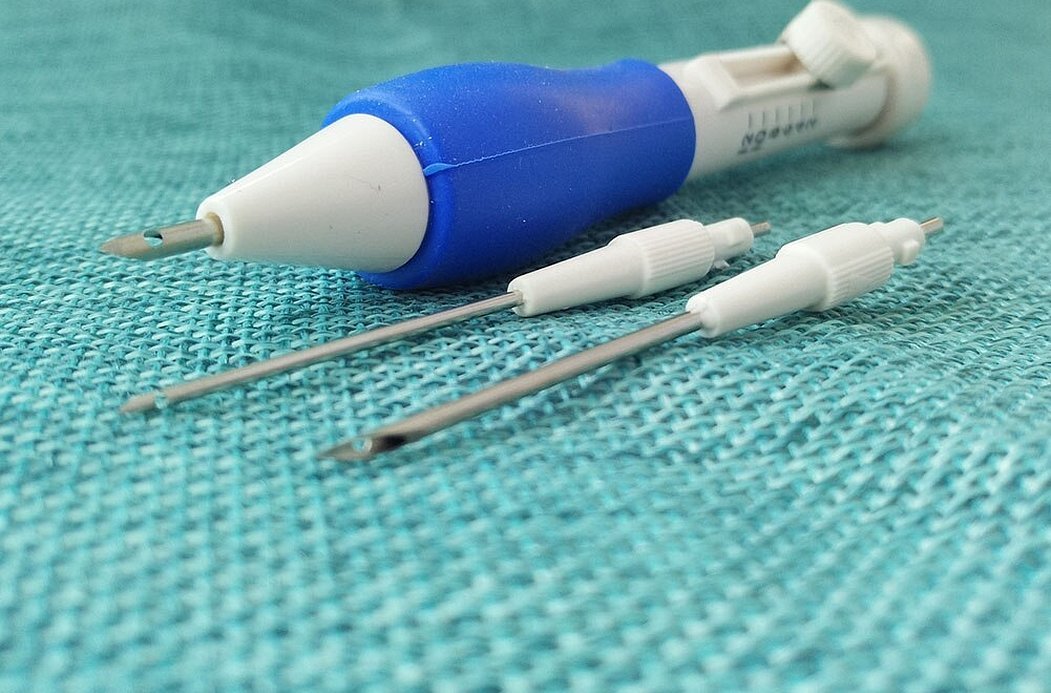
Hook for carpet weaving
Needle embroidery is suitable only for simple techniques used by beginners. But the knotting technique requires the purchase of a carpet weaving hook. Although this tool should be in the arsenal in any case.
The peculiarity of this type of embroidery is that it does not use ordinary fabric or canvas, but a special material called stramin. It is characterized by larger holes. This canvas is often found in cross-stitch kits, which are intended for training needlewomen.
Please note! Stramin is intended for embroidery with woolen threads. The pattern in this case is three-dimensional. Carpets, pillows, blankets are embroidered on it. The main advantage of the fabric is the ease of working with it. Stramin is often replaced with a construction mesh.

Before embroidering a rug, you need to read the tips on choosing the main tool. It is recommended to choose a hook for carpet weaving with a wooden handle, which resembles an awl holder. It is not recommended to take plastic. There are only a few variations of hooks on sale. Therefore, it will be difficult to make a mistake in choosing.

Knotwork helps create a softer image, but it requires more work. Step-by-step process:
- The thread is folded in half and threaded onto the hook.
- The hook is passed through the canvas, the end of the thread is held and caught with the hook. The tool is snapped and pulled out to the front side.
- Tighten the knot tightly.
It is important to select all the fragments of the drawing separately. They must move from the outline of the picture to its center. Fill the edges of the base, and then go to the central part.

Any carpet stitch should be tight. The most common is a cross stitch, this is the base. Start with the first half and move from left to right, and then lay the stitches evenly. Do the second half with crosses, but from right to left. Also use an extended stitch. In this case, the working thread passes two horizontal and one vertical thread of the base. In the direction of the seam, lay the working thread from right to left. And then act in the opposite order. A thin thread is taken for a half-cross stitch.
The disadvantage of a carpet weaving hook is that it is impossible to make it at home. The tool often breaks, the latch fails if low-quality materials are used. Although the principle of the hook's structure is quite simple. The needle can last quite a long time.
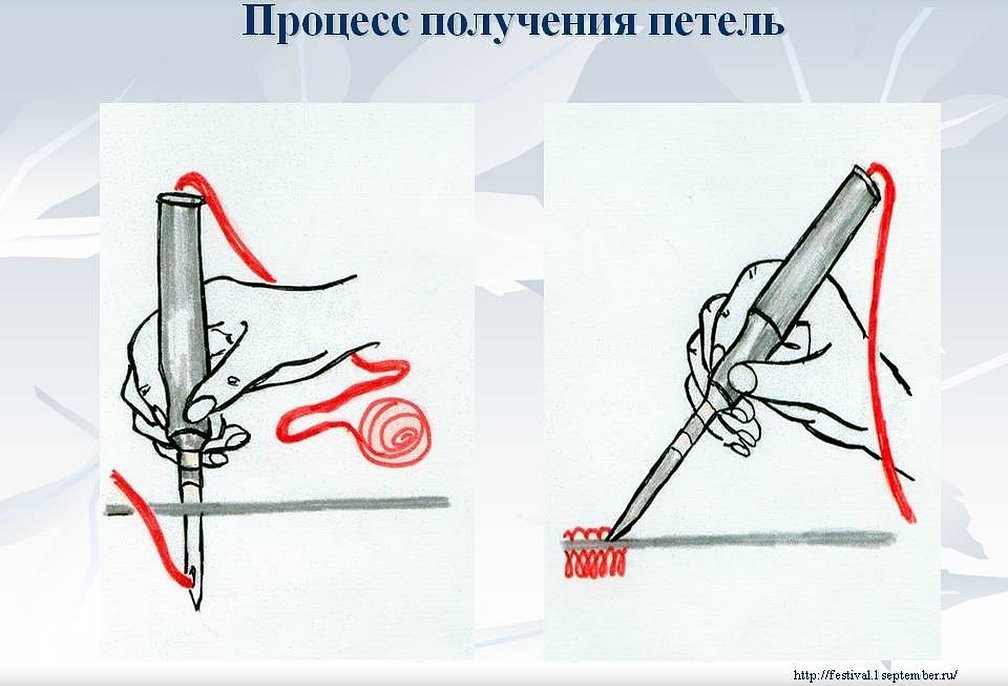
How to make a needle yourself
Needles for carpet embroidery are not sold in every city. Therefore, you can make a tool for carpet embroidery technique yourself. For this, you need materials that are available in almost every home. Needles were made this way more than twenty years ago, but it is still relevant today. The only drawback of homemade needles is the inability to choose threads of different parameters. For embroidery in the carpet technique, there are also needles of different sizes, for which there are suitable thread numbers.
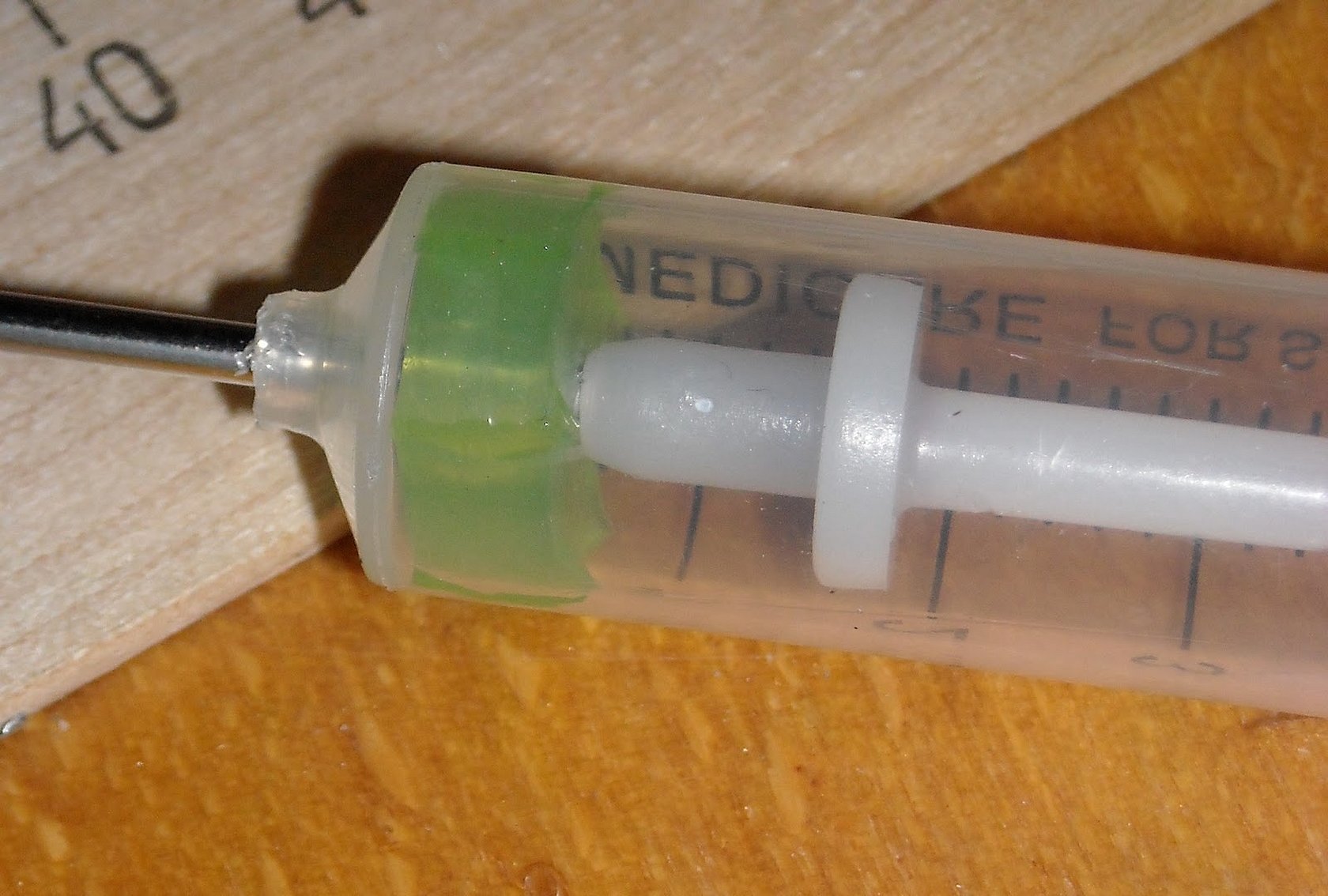
What you need to create your own needle:
- IV system. A regular syringe won't work, as it has thin needles. And intravenous systems have needles with a hole on the side. It is recommended to choose options where the tip of the needle is cut off;
- 5 ml syringe;
- plumbing gasket.
How to make a needle for self-embroidering carpets:
- Bite off a piece of the needle, stepping back 3 millimeters from the hole. Otherwise, you will have to spend a lot of threads, the process will be more complicated.
- Round off the needle as the edges will be irregular and burred after being processed with pliers.
- Polish the needle to the point where the cut resembles a needle for a regular intramuscular syringe. A nail file will help with this.
- Next, you need to take a syringe. It is recommended to choose one with a needle tip in the center. It only needs to be cut in half.
- Take a gasket from a plumbing store. Silicone will suffice.
- Press the gasket into the bottom of the syringe body, trimming it at the edges.
- Insert the needle into the pad using a knitting needle. Make sure that the needle is clamped in the pad, it should not move.
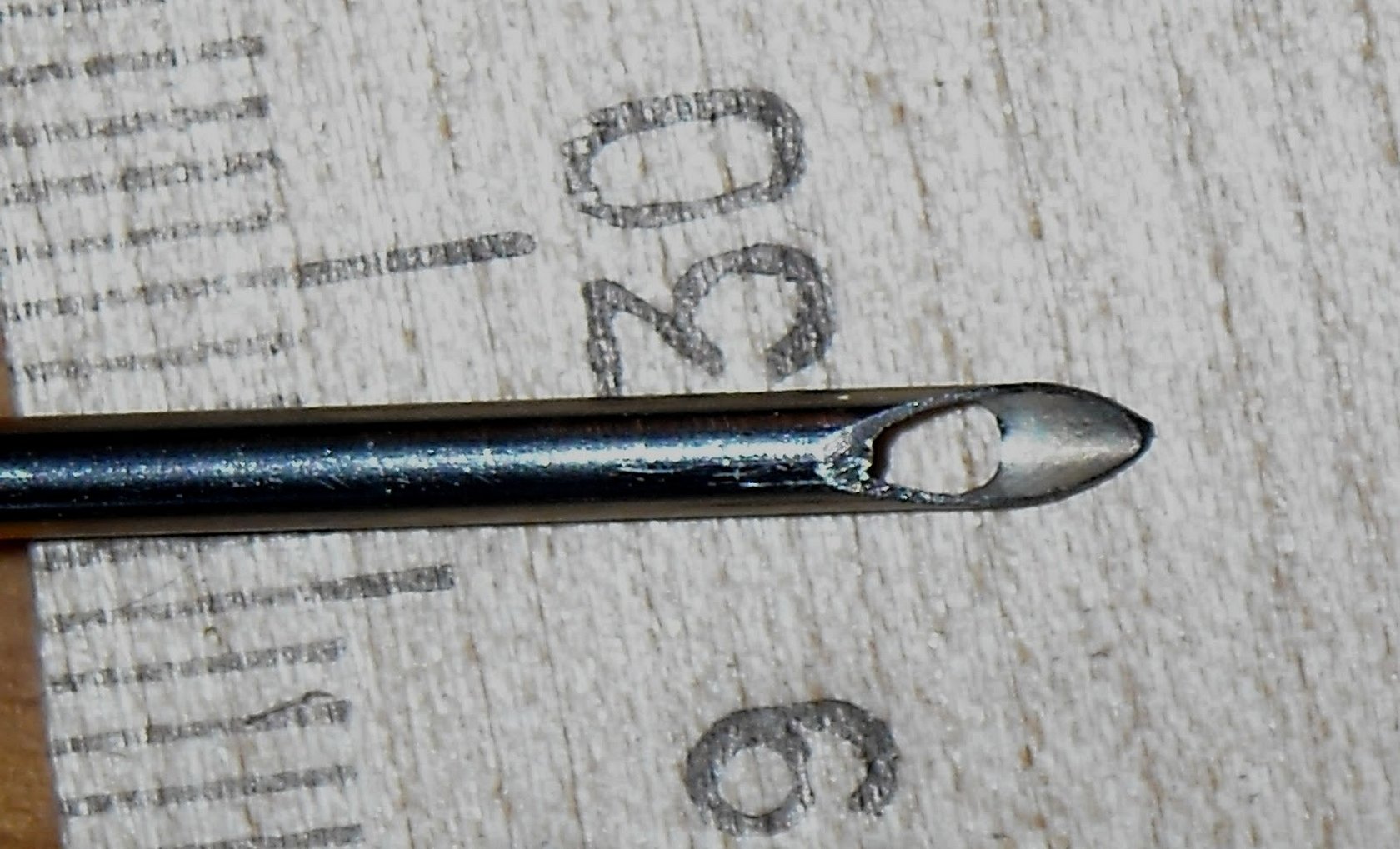
Once you have a needle and a hook in your arsenal, you can read some useful tips on carpet embroidery.
Adviсe:
- The needle must be directed at a right angle during work.
- You shouldn't raise the needle too high, this will worsen the quality and uniformity of the loops, and they may even come undone.
- The thread should be loose and slack.
- If stitches of different colors are used, millimeter gaps are left between them. The pattern becomes clear.
- When working with an embroidery hook, work from the edge, moving along the rows.
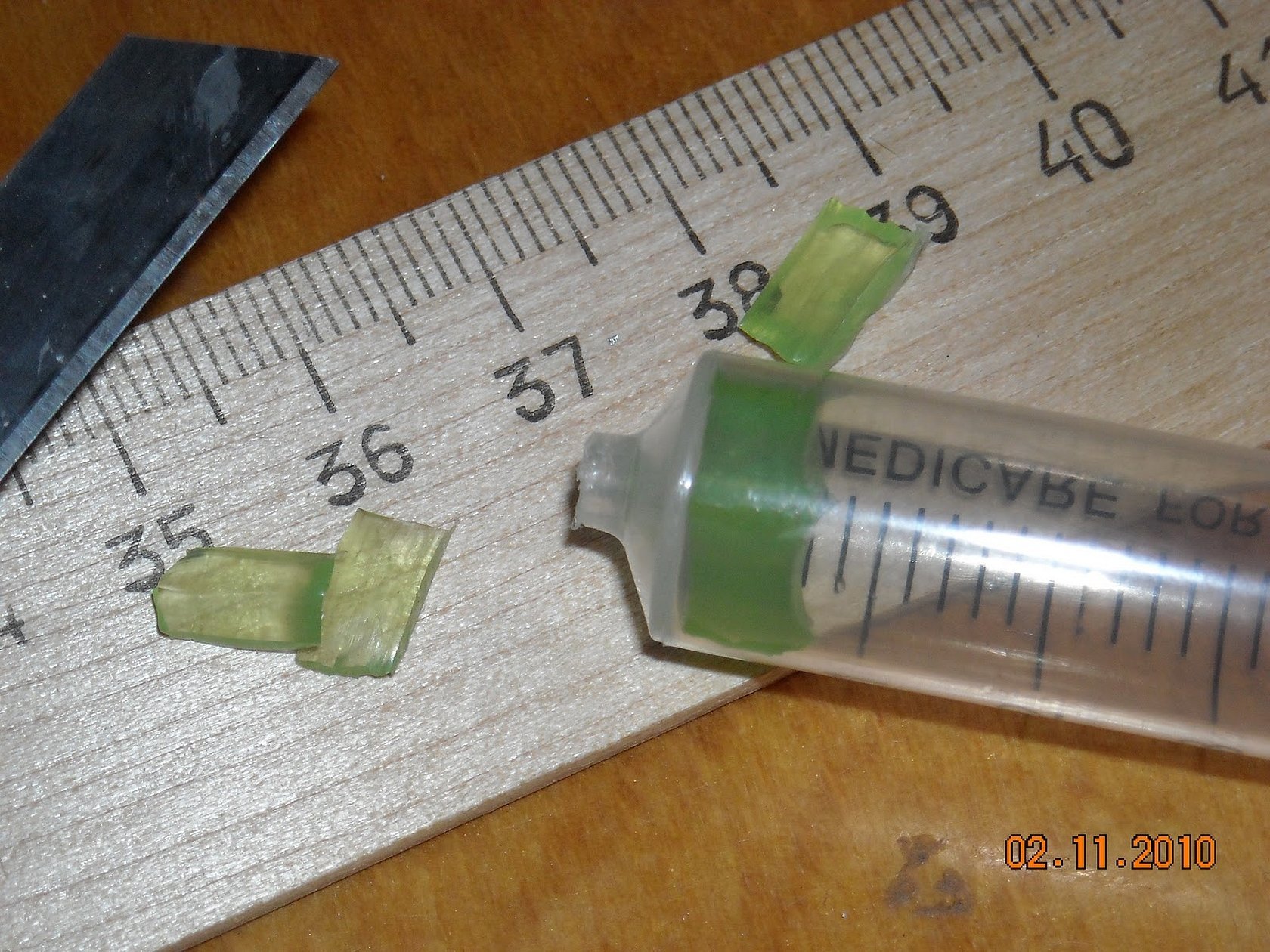
Any master class contains advice for beginners. Every experienced craftswoman will advise taking ready-made kits with embroidery patterns at the initial stages. They contain threads and fabric, as well as a pattern. Often, manufacturers transfer the image to stramin. The kits also contain an explanation, similar to kits for cross-stitch or satin stitch embroidery.
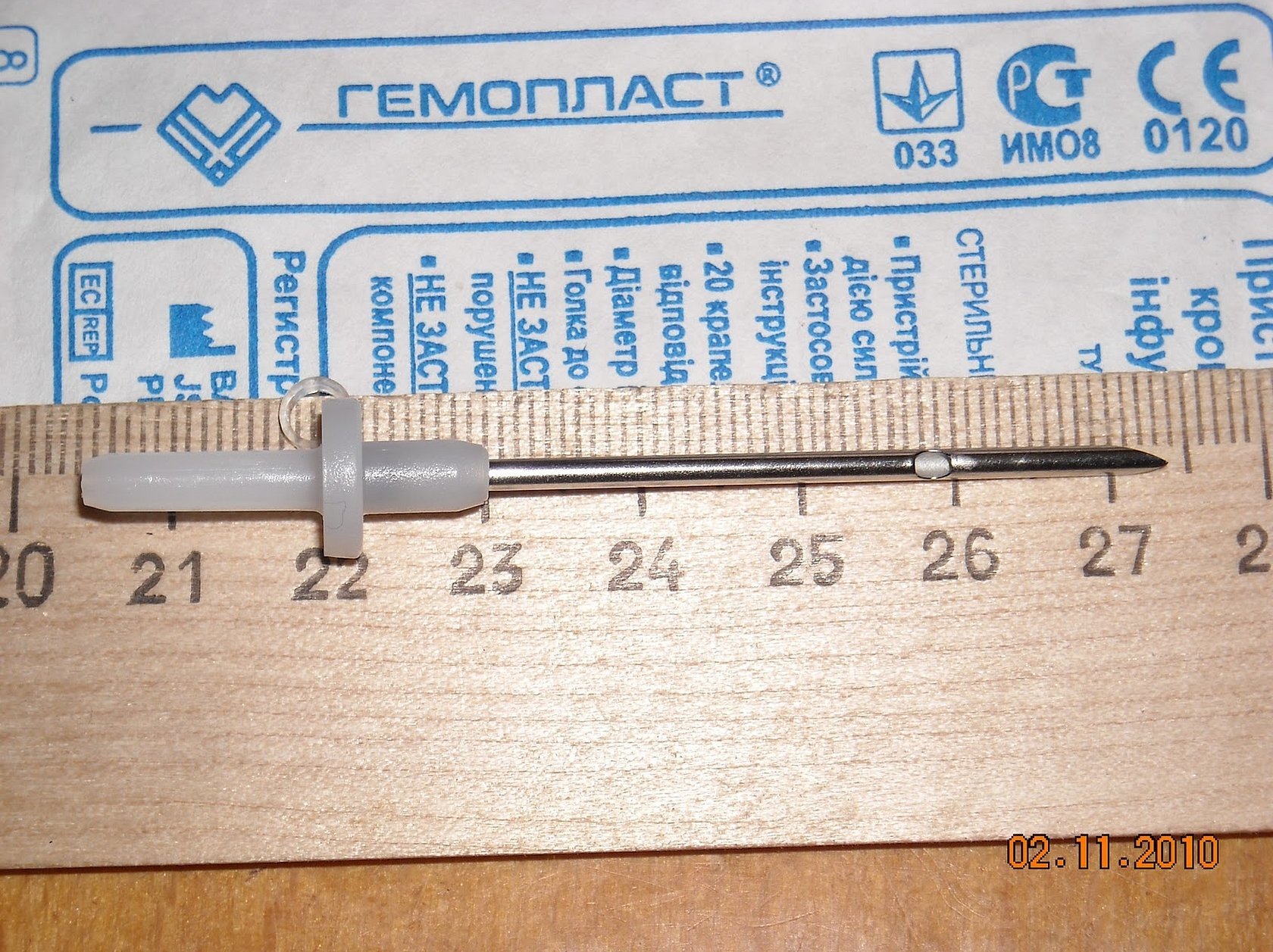
At the end of the work, the product must be secured. To do this, the back side is coated with glue and the future carpet is left for a day to dry.

A special needle or hook is used for carpet embroidery. They are used for different techniques. It is difficult to work with a hook, it cannot be made at home. But a needle can really be made from a syringe, a dropper and a sanitary pad.




